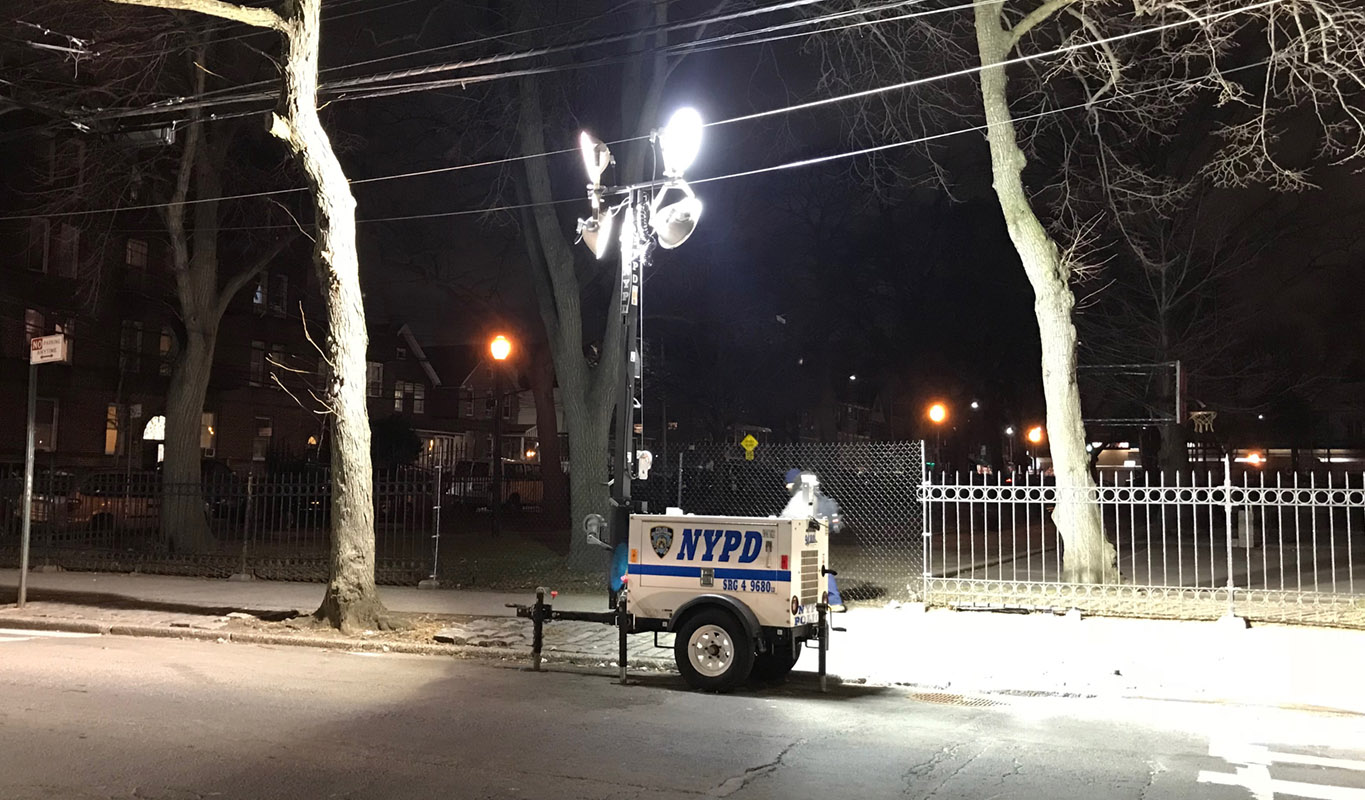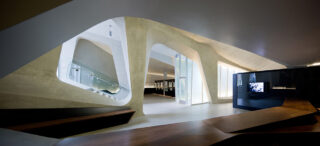Public Space Research & Design: Gauging Security Inequities

Is it possible to design public space where everyone feels safe and secure? When public spaces are designed to intentionally enhance safety and provide a sense of security, they often succeed at delivering an improved experience for a community. However, the needs and perspectives of every community member are rarely incorporated, and many voices remain unheard and invisible. Often, a positive outcome for some can also create a less secure, more harmful, and even hostile environment for others. This event will explore how design research and implementation can either create equitable or inequitable public spaces and discuss strategies to promote more inclusive environments. The program will dive into the following questions:
- Can data-informed design and the engagement of a broader, more diverse group of actors in design research help create greater visibility of the needs of a whole community?
- What might equitable public space look like and how can data and different perspectives inform such outcomes?
- What existing systems of oppression contribute to current policy and design guidance for the creation of public spaces?
This conversation will invite discussion around how empirical data can be used to shift the design of public spaces and further who should be involved in data collection and analysis as a means to empower communities, researchers, and designers to jointly create more equitable, just public spaces.
Speakers:
Sharon Cotton, Resident Stakeholder, Wagner Houses Neighborhood Stat Team, Mayor’s Action Plan for Neighborhood Safety (MAP)
Tamara Greenfield, Deputy Executive Director, NYC Mayor’s Office of Neighborhood Safety
Layman Lee, Project Director of Neighborhood Safety Initiative (NSI), Center for Court Innovation
Isabel Saffon, Associate Director of Design for Neighborhood Equity Design, Center for Court Innovation
Linnaea Tillett, PhD, Founder and Principal, Tillett Lighting Design Associates
About the Speakers:
Sharon Cotton has been a Wagner resident for over 50 years. Her community service work began as a resident watch member 20 years ago. She was one of the first members to join MAP back in 2014. Sharon holds multiple roles as a community member. She is a volunteer for the local Police Service Area council. She is dedicated to addressing public health issues in East Harlem in partnership with the New York Academy of Medicine. And as of recently, Sharon became Sergeant of Arms for the Wagner Tenant Association board. Sharon has continually showed an unwavering commitment for the empowerment of the community.
In her current position, Tamara Greenfield co-directs place-based interagency initiatives to improve community health and safety in public housing developments through community leadership, access to opportunity, and vibrant public spaces. As Director of the Building Healthy Communities, Tamara distributed more than $1.2 million in grants to grassroots groups to support equitable food access and space activation. Tamara has also served as Executive Director of Fourth Arts Block (FABNYC), co-founder of Naturally Occurring Cultural Districts New York (NOCD-NY), and led Partnerships for Parks’ Catalyst for Neighborhood Parks Program. Tamara received her Masters in Urban Planning from Hunter College and B.A. in Art History and International Development from Washington University in St. Louis.
Layman Lee is the Project Director of Neighborhood Safety Initiative (NSI) at the Center for Court Innovation, a lead implementation partner in the Mayor’s Action Plan for Neighborhood Safety (MAP). Prior to this position, she was the Neighborhood Development & Placemaking Manager at Brownsville Partnership/Community Solutions organizing to improve the built environment and neighborhood health through the lens of art and design with residents, community-based organizations, city agencies, and creative experts. She also served as the Creative Director at ORE Design working on projects such as transformations of vacant lots in Brooklyn into small business incubators and community space with shipping containers, an emergency jacket to aid the homeless and a modular lighting system using clear PVC.
Isabel Saffon is a strategic and urban designer interested in exploring strategies to overcome socio-economic disparities and build agency through design. With a background in community planning, urbanism, and architecture, she is focused on developing strategies of open-decision making to empower communities to shape their built environment.
A lighting designer, environmental psychologist, public artist, Linnaea Tillett holds a BA in philosophy from University College London and Ph.D. in Environmental Psychology from City University of New York. Using the principles of environmental psychology, she has forged a highly-acclaimed approach to lighting: imaginative, public-spirited, ecology-sensitive and technically innovative. She was on the faculty at The New School: Parsons School of Design for fifteen years and was a guest lecturer at the University of Virginia School of Architecture, Yale University School of Architecture, the University of Manitoba School of Landscape Architecture, and Columbia University. She has also lectured widely across the United States as well as Canada, Latin America and Europe.
If you register for an online ticket, you will receive an email with a Zoom link to access the program.


